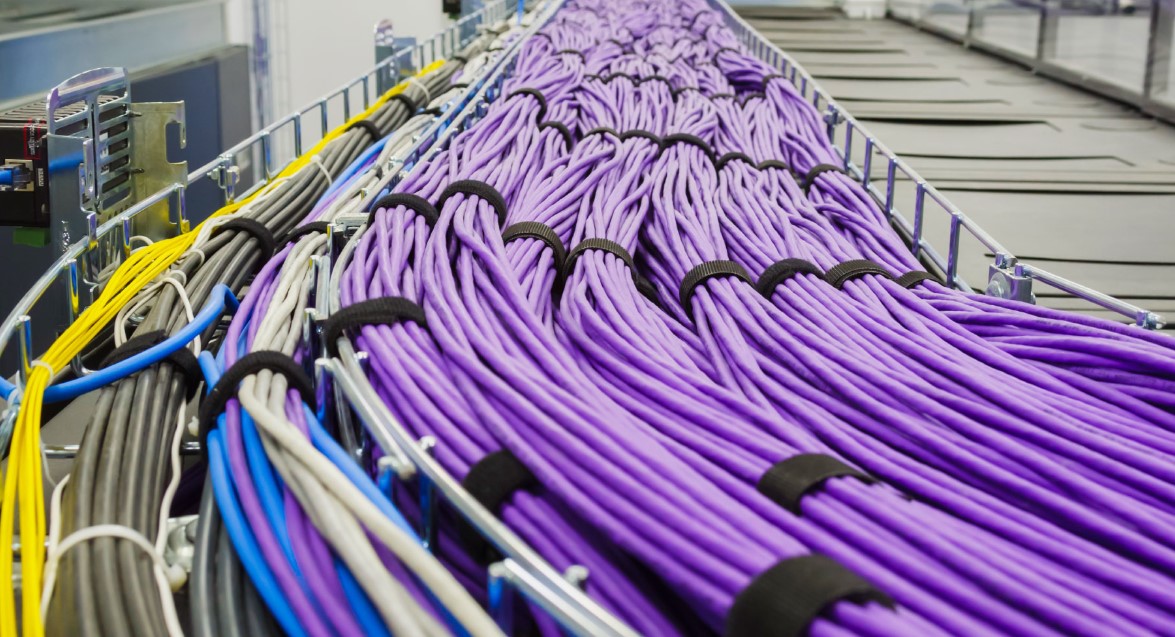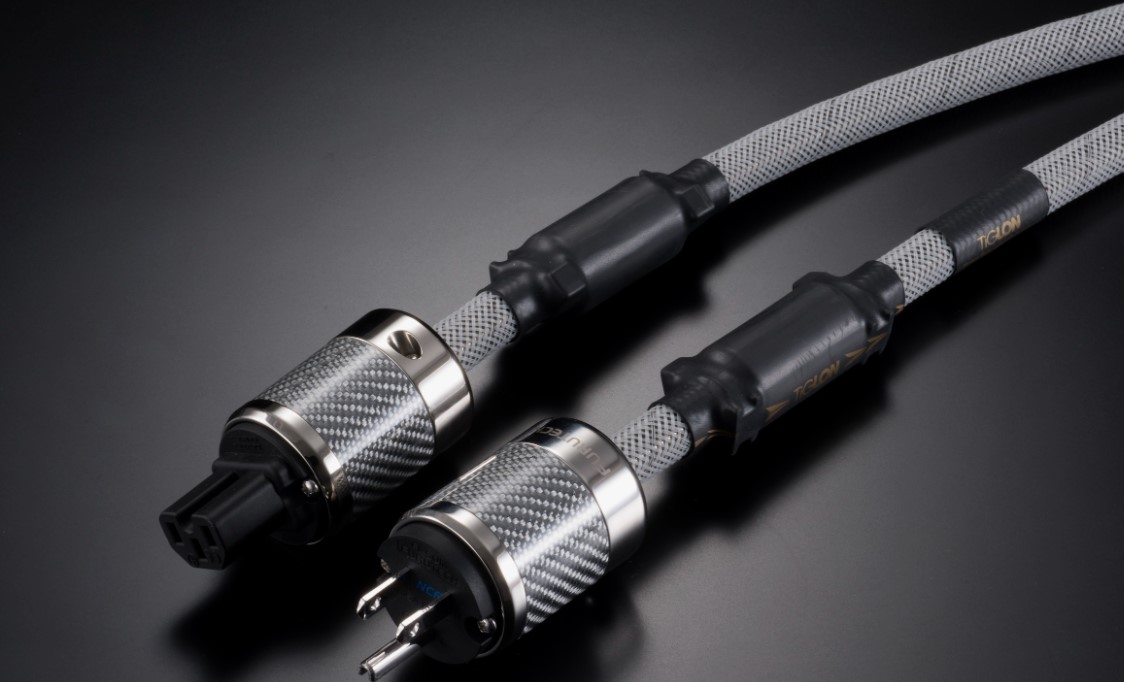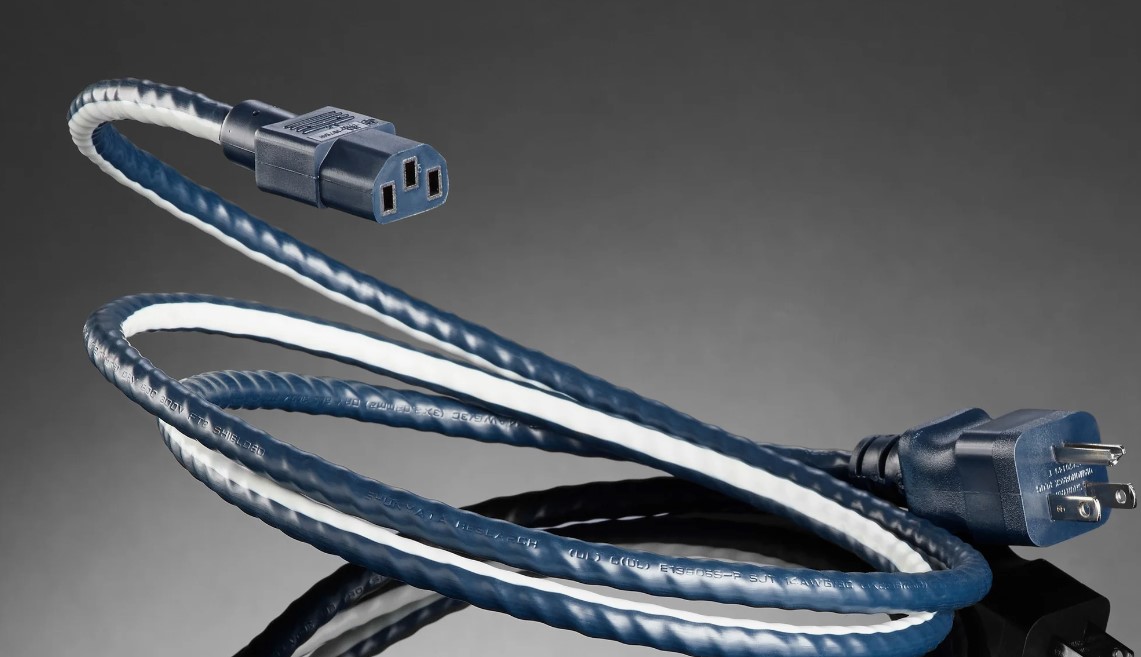Power cables are fundamental elements in electrical systems, designed to transmit electrical energy or information signals across distances, either above ground, underground, or underwater. Their structure, which consists of multiple layers of insulation, protection, and conductive materials, allows for the efficient and safe transfer of power in a wide range of environments. These cables, often supplied by reliable companies like BonnGulf, play a critical role in industries such as power generation, telecommunications, transportation, and household applications, ensuring the seamless operation of devices and systems.
This article will explore the intricate structure of power cables, the various types available, their applications across different sectors, and the essential factors to consider when selecting the appropriate cable cross-section.
Understanding the Structure of Power Cables
A power cable is composed of multiple components, each serving a unique function to ensure the transmission of electrical power or signals while providing protection from external factors. Below are the core elements of a typical power cable:
1. Conductive Cores (Conductor)
The conductive core is the heart of the cable, responsible for carrying electrical current or signals. These cores are typically made from highly conductive materials such as copper or aluminum. Copper is the preferred choice in many applications due to its superior conductivity, flexibility, and corrosion resistance. Aluminum, while less conductive than copper, is lighter and more cost-effective, making it suitable for applications where weight and budget are primary considerations.
2. Insulation
Each conductive core is wrapped in an insulating material, which serves to electrically isolate the cores from each other and protect them from external environmental factors such as moisture, heat, or mechanical damage. The type of insulation used can vary depending on the application, with materials including:
– Impregnated Paper: Often used in older cables, this insulation type is still relevant in certain high-voltage applications.
– Cross-Linked Polyethylene (XLPE): A modern insulating material known for its excellent electrical and thermal properties, often used in high-voltage and underground cables.
– Rubber: Used for flexible cables, particularly in industrial and household applications where flexibility is crucial.
3. Screen (Shielding)
The screen or shielding layer is a metal braid or foil that protects the cable from external electromagnetic interference (EMI). In environments where multiple electronic devices are in close proximity, shielding becomes essential to ensure that signals remain clear and undistorted. Shielding is commonly found in communication and signal cables, as well as in power cables that need to maintain high signal integrity.
4. Sheath (Outer Jacket)
The sheath is the outermost layer of the cable, typically made from tough, durable materials such as plastic, rubber, or PVC. This layer protects the cable’s internal components from mechanical damage, moisture, chemical exposure, and other environmental hazards. The sheath also provides additional strength, making the cable more resistant to wear and tear, especially in industrial and outdoor installations.

5. Additional Elements
Some power cables may contain additional components such as fillers and reinforcements. These are included to maintain the cable’s shape, provide extra mechanical strength, and prevent stretching during installation and use. Armoring, in the form of steel or aluminum, may also be added to further enhance the cable’s resistance to physical damage, particularly for underground or underwater installations.
Types of Power Cables
Power cables vary significantly based on their design, materials, and intended use. The primary differences stem from the materials used for conductive cores and insulation, as well as the cable’s flexibility, number of cores, and the presence of protective layers such as shielding or armor. Below are some common types of power cables based on their construction and usage:
1. Copper Cables
Copper is the most widely used material for conductive cores due to its excellent electrical properties. Copper cables are highly conductive, durable, and resistant to corrosion, making them ideal for a wide range of applications, from industrial power networks to residential wiring.
2. Aluminum Cables
Aluminum, being lighter and more cost-effective than copper, is commonly used in high-voltage transmission lines and large-scale industrial applications where the weight and cost of copper cables would be prohibitive. However, aluminum’s lower conductivity means that larger cross-sections are required compared to copper cables for the same current capacity.
3. Armored Cables
Armored power cables are designed for harsh environments where additional mechanical protection is necessary. They are commonly used in underground installations, underwater applications, and areas exposed to significant wear and tear. The armor provides extra durability while maintaining the electrical performance of the cable.
4. Flexible Cables
Designed for applications that require frequent movement or bending, flexible cables are insulated with materials like rubber, which allows them to be used in mobile applications such as power tools, industrial machinery, and portable devices.
5. High-Voltage Cables
High-voltage cables are designed to handle the transmission of electricity over long distances with minimal losses. These cables are used in power transmission networks, connecting power plants to substations and distribution centers. They are typically insulated with materials like XLPE to ensure safe and efficient operation under high electrical loads.
Applications of Power Cables
Power cables serve a wide range of applications, each requiring specific designs and materials based on the operational environment and the electrical load. Here are some key areas where power cables play a crucial role:
1. Electric Power Engineering
Power cables are indispensable in high-voltage trunk and distribution networks, as well as in urban and industrial power systems. They provide the infrastructure necessary for the transmission of electricity from power plants to substations and to end-users. Cables in this domain need to withstand high electrical loads and are often installed underground or underwater for safety and reliability.
2. Industrial Applications
In the industrial sector, power cables are used to connect process equipment, automation systems, and electric drives to power sources. These cables must be highly durable, flexible, and resistant to mechanical stresses, as they are often exposed to harsh operating conditions, including extreme temperatures, chemicals, and physical wear.
3. Communications and Telecommunications
In telecommunications, cables are used to transmit data and signals over long distances. Shielded power cables are essential in preventing signal interference, ensuring clear and reliable data transmission. These cables are used in telephone networks, satellite systems, and structured cabling for computer networks in commercial and residential buildings.
4. Transport
Power cables are integral to the electrical systems of railways, airports, and even onboard vehicles. In transportation, cables are used for power distribution, signaling, and control systems, which must operate reliably under demanding conditions, such as vibration, weather exposure, and constant movement.
5. Household and Special Applications
In residential settings, power cables are used for wiring buildings, connecting household appliances, and ensuring the safe and efficient distribution of electricity. Specialized cables are also designed for specific industries like oil and gas, where the operating environment requires cables with unique properties, such as fire resistance or chemical stability.

Selecting the Correct Power Cable Cross-Section
Choosing the right power cable cross-section is essential to ensure safety and efficient operation. The cross-section directly affects the cable’s ability to carry electrical current without overheating. Below are important steps and factors to consider when selecting the appropriate cable cross-section:
1. Determine Load Power
The first step is to calculate the total power load that the cable will carry. This involves adding the power consumption of all devices connected to the cable. It’s essential to ensure that all values are in the same units, such as watts or kilowatts, to accurately calculate the total load.
2. Reference Tables
Once the total load is determined, reference tables are used to select the appropriate cable cross-section based on the load power and the mains voltage. These tables provide a quick and easy way to ensure that the chosen cable can safely carry the electrical load.
3. Current Consumption
Another important factor is the maximum current consumption of the connected devices. The cable must be capable of carrying this current without overheating, as excessive heat can cause insulation to melt, leading to short circuits or electrical fires.
4. Cable Length
When the power line stretches over long distances, voltage drop becomes a concern. The longer the cable, the more resistance it has, leading to a loss of electrical power. To compensate, larger cross-sections are required for longer cables.
5. Laying Method
The method of cable installation also plays a role in cross-section selection. In open installations, where cables can dissipate heat more efficiently, smaller cross-sections may be sufficient. However, for cables laid underground or in pipes, where heat dissipation is limited, larger cross-sections are needed to prevent overheating.
Consulting Experts for Cable Selection
While understanding the basics of power cables and their selection is valuable, it’s always recommended to consult with a qualified electrical engineer or specialist for precise calculations and proper cable selection. In the UAE, BonnGulf is a trusted provider of cable products, offering expert advice and support from the design phase through to the implementation of electrical networks. With their experience and range of high-quality products, they ensure that clients receive the most appropriate solutions for their needs.
Conclusion
Power cables are an indispensable part of modern infrastructure, supporting industries, communications, transport, and residential applications. Understanding their structure, types, and applications is essential for ensuring safe and efficient electrical systems. Whether in high-voltage transmission networks or residential wiring, selecting the right power cable and cross-section is critical to prevent overheating, ensure durability, and maintain operational efficiency. When in doubt, consulting with professionals like those at BonnGulf will ensure that your electrical systems are designed and installed for optimal performance and safety.

I am an award-winning freelance writer specializing in financial topics. Having more than a decade of work experience, I have published in The Wall Street Journal
